Home>Renovation & DIY>Tools & Equipment>How To Determine Inches On A Measuring Tape
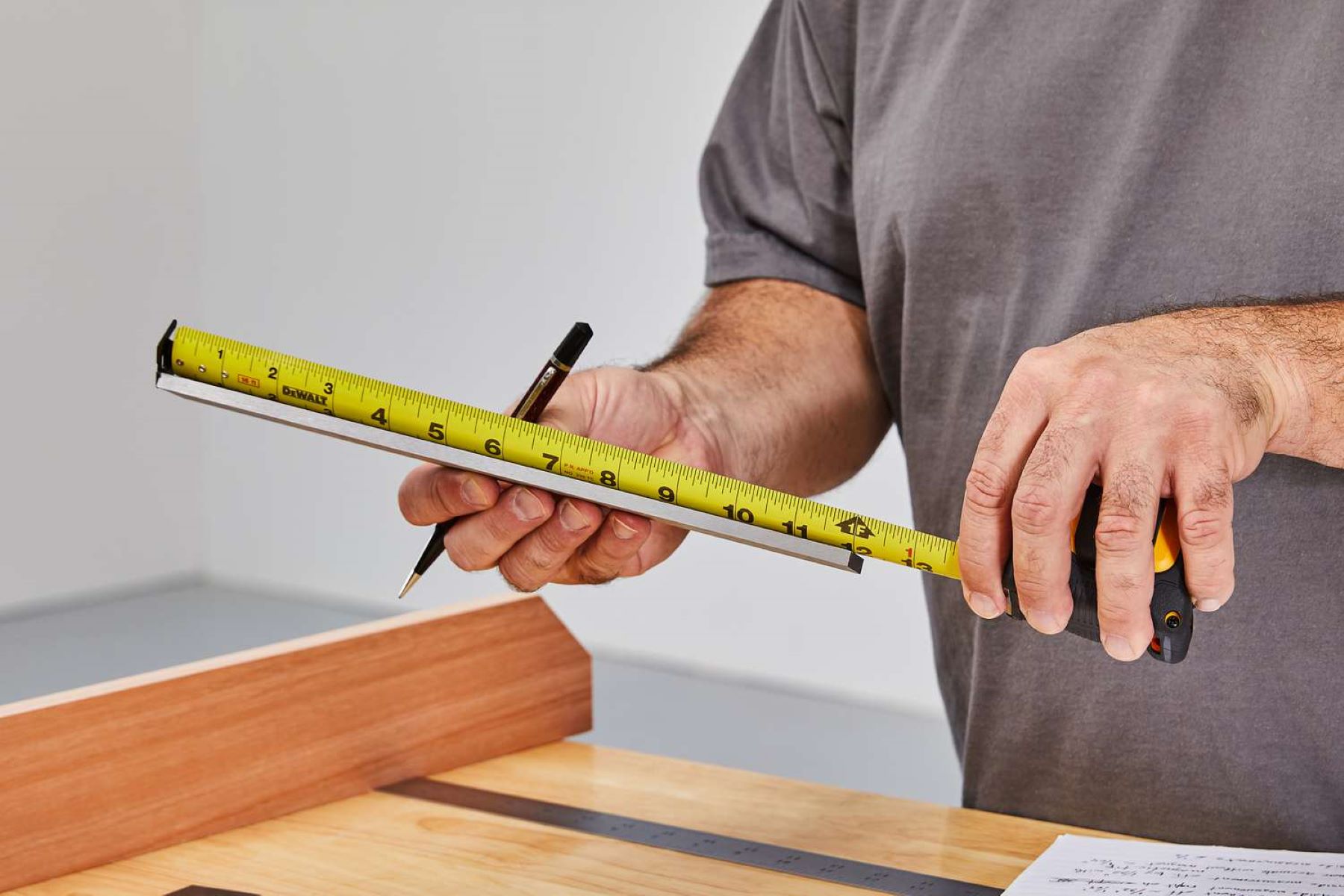

Tools & Equipment
How To Determine Inches On A Measuring Tape
Modified: February 25, 2024
Learn how to accurately determine inches on a measuring tape with our comprehensive guide. Get the tools and equipment you need for precise measurements.
(Many of the links in this article redirect to a specific reviewed product. Your purchase of these products through affiliate links helps to generate commission for Storables.com, at no extra cost. Learn more)
**
Introduction
**
Welcome to the world of precision and accuracy, where the humble measuring tape reigns supreme. Whether you're a DIY enthusiast, a professional craftsman, or simply someone who values precision, understanding how to read a measuring tape is an essential skill. In this comprehensive guide, we'll delve into the intricacies of measuring tapes, focusing specifically on how to determine inches with confidence and accuracy.
Measuring tapes have been a staple tool for centuries, evolving from simple marked ropes to the sophisticated, spring-loaded wonders we use today. Their versatility and ease of use make them indispensable in a wide range of applications, from construction and carpentry to sewing and crafting.
Join us as we unravel the mystery of the measuring tape, empowering you with the knowledge and confidence to take precise measurements like a seasoned pro. Whether you're embarking on a home improvement project, fashioning a new garment, or simply satisfying your curiosity, mastering the art of reading inches on a measuring tape will undoubtedly serve you well.
So, grab your tape measure, buckle up, and get ready to embark on a journey of precision and accuracy. By the end of this guide, you'll be equipped with the expertise to confidently decipher the inches on a measuring tape, ensuring that your measurements are always on point. Let's dive in and unlock the secrets of this essential tool!
Key Takeaways:
- Mastering the art of reading inches on a measuring tape empowers you to take precise measurements for DIY projects and crafting with confidence and accuracy.
- Remember to maintain tension, double-check alignments, and utilize support for extended measurements to ensure accurate readings with your measuring tape.
Read more: How To Fix A Measuring Tape
Understanding the Basics of a Measuring Tape
Before we delve into the nitty-gritty of reading inches on a measuring tape, it's crucial to grasp the fundamental components and features of this indispensable tool. A typical measuring tape consists of a flexible, ribbon-like material marked with increments of length, usually in both inches and centimeters. The tape is housed within a compact, ergonomic casing, often featuring a locking mechanism to secure the tape at a desired length.
One of the defining characteristics of a measuring tape is its flexibility, allowing it to effortlessly wrap around objects and surfaces, enabling precise measurements in various scenarios. The tape itself is marked with a series of numbers and lines, each denoting specific units of measurement. In the case of inches, these markings typically appear as bold, perpendicular lines accompanied by numerical values at regular intervals.
Furthermore, the end of the tape is adorned with a metal or plastic fitting, known as the "hook" or "tab," which facilitates accurate measurements by latching onto the edge of an object or surface. This feature ensures that measurements are initiated from the very edge, eliminating any discrepancies caused by gaps or overlaps.
Additionally, many modern measuring tapes are equipped with standout features, allowing the tape to extend and remain rigid over significant distances without collapsing under its own weight. This attribute is particularly advantageous when working alone or measuring expansive areas, as it obviates the need for a second person to hold the tape in place.
Understanding the anatomy and functionality of a measuring tape sets the stage for mastering the art of reading inches with precision. As we venture deeper into the realm of measurements, it's essential to appreciate the intricacies of this seemingly simple yet remarkably versatile tool.
Now that we've laid the groundwork, let's unravel the specifics of deciphering inches on a measuring tape, equipping you with the proficiency to tackle any measuring task with confidence and accuracy.
Reading Inches on a Measuring Tape
Now that we're poised to decipher the inches on a measuring tape, let's delve into the specifics of reading and interpreting these crucial measurements. When you unfurl a measuring tape, you'll notice a series of bold, perpendicular lines accompanied by numerical values at regular intervals. These lines represent the inch increments, each denoting a specific length.
Typically, every 12 inches, a more prominent mark or numerical annotation signifies a foot, serving as a convenient reference point for longer measurements. The inch markings between these foot indicators allow for precise measurements within each foot, ensuring that even the minutest dimensions can be accurately gauged.
When taking measurements, it's imperative to position the starting point at the edge of the object or surface being measured. The hook or tab at the end of the tape should be secured firmly against the edge, guaranteeing that the measurement begins from the very extremity, devoid of any gaps or overlaps that could compromise accuracy.
As you extend the tape along the length of the object, the numerical value aligned with the far edge of the surface denotes the precise measurement in inches. It's crucial to maintain a steady grip on the tape to prevent any slippage or deviation, ensuring that the measurement remains true to the actual dimensions.
Furthermore, when measuring lengths that fall between two inch markings, you can rely on the smaller, incremental lines between the inch values to gauge fractions of an inch. These smaller divisions enable you to capture precise measurements, indispensable in tasks that demand exactness and meticulous attention to detail.
Mastering the art of reading inches on a measuring tape entails not only deciphering the numerical values but also understanding the significance of each mark and line. This comprehensive comprehension empowers you to take measurements with unwavering accuracy, whether you're crafting a piece of furniture, tailoring a garment, or embarking on a construction project.
As we unravel the intricacies of reading inches on a measuring tape, you'll gain the confidence and expertise to navigate the realm of measurements with finesse and precision. Now, armed with the knowledge of interpreting inch increments, you're well on your way to becoming a maestro of measurements, ensuring that your projects are executed with meticulous attention to detail and unwavering accuracy.
When using a measuring tape, look for the longest lines marked with numbers. Each number represents an inch. The smaller lines in between represent fractions of an inch. Count the lines to determine the measurement.
Tips for Accurate Measurement
While understanding how to read inches on a measuring tape is pivotal, employing the right techniques is equally crucial to ensure precise and reliable measurements. Here are some invaluable tips to enhance the accuracy of your measurements and elevate your proficiency in utilizing a measuring tape:
- Maintain Tension: When extending the tape for measurements, ensure that it remains taut and free from slack. This prevents inaccuracies caused by sagging or bending, especially when measuring over longer distances.
- Eye Level Alignment: Position yourself at eye level with the measuring tape when taking measurements, allowing for a clear and unobstructed view of the markings. This minimizes parallax errors and enhances the precision of your readings.
- Double-Check Alignments: Verify that the starting point of the measurement aligns precisely with the edge of the object or surface. Even the slightest misalignment can lead to erroneous measurements, emphasizing the importance of meticulous attention to detail.
- Utilize Support for Extended Measurements: When measuring lengthy distances, enlist the assistance of a support mechanism or a second person to ensure the tape remains steady and straight, eliminating potential distortions in the measurements.
- Account for Hook or Tab Thickness: When the tape is hooked onto an edge, take into consideration the thickness of the hook or tab, ensuring that it doesn’t introduce discrepancies in the measurements. Compensate for this thickness to attain accurate readings.
- Record Measurements Immediately: To prevent forgetting or misplacing measurements, record them promptly or utilize a notepad to document the dimensions. This practice fosters organization and minimizes the likelihood of errors due to forgetfulness.
- Regular Maintenance: Periodically inspect and maintain your measuring tape, ensuring that it remains free from damage or deformities that could compromise its accuracy. Clean the tape and casing to prevent debris from obstructing the markings.
- Practice Consistency: Develop a consistent approach to taking measurements, employing the same techniques and methodologies to foster uniformity and precision in your readings.
By incorporating these tips into your measuring endeavors, you’ll elevate the accuracy and reliability of your measurements, bolstering your confidence in utilizing a measuring tape across an array of applications. Whether you’re engaging in woodworking, home improvement projects, or tailoring pursuits, these strategies will serve as invaluable allies in your quest for precision.
Armed with a comprehensive understanding of how to read inches on a measuring tape and fortified with these indispensable tips, you’re primed to embark on your measuring endeavors with unwavering confidence and precision. These insights will undoubtedly empower you to navigate the realm of measurements with finesse, ensuring that your projects are executed with meticulous attention to detail and unparalleled accuracy.
Conclusion
Congratulations on embarking on this insightful journey into the realm of measuring tapes and the art of reading inches with precision. Armed with a comprehensive understanding of the fundamental components of a measuring tape, the intricacies of interpreting inch increments, and invaluable tips for accurate measurements, you’re now equipped to wield this indispensable tool with confidence and finesse.
As you venture forth into the world of measurements, whether it’s for woodworking, construction, crafting, or any other endeavor that demands precision, the knowledge you’ve acquired will undoubtedly serve as a steadfast companion. By mastering the art of reading inches on a measuring tape, you’ve unlocked a gateway to precision, enabling you to execute your projects with unwavering accuracy and meticulous attention to detail.
Remember, the measuring tape is not merely a tool; it’s a conduit for precision, a vessel for accuracy, and a cornerstone of meticulous craftsmanship. With each measurement you take, you’re not just ascertaining dimensions; you’re embodying a legacy of precision that spans generations, from ancient artisans to modern-day craftsmen.
So, as you embark on your measuring endeavors, may your tape measure be steady, your readings be precise, and your projects be imbued with the essence of exactitude. Embrace the art of measurements with confidence, for you now possess the expertise to navigate this realm with finesse and precision.
With your newfound mastery of reading inches on a measuring tape and the invaluable tips you’ve assimilated, go forth and let precision be your guiding star. Whether you’re fashioning a piece of furniture, tailoring a garment, or constructing a masterpiece, let the tape measure be your ally in the pursuit of perfection.
As we conclude this odyssey into the world of measurements, may your endeavors be marked by meticulous attention to detail, unwavering accuracy, and the satisfaction of knowing that every inch has been measured with precision and purpose.
Frequently Asked Questions about How To Determine Inches On A Measuring Tape
Was this page helpful?
At Storables.com, we guarantee accurate and reliable information. Our content, validated by Expert Board Contributors, is crafted following stringent Editorial Policies. We're committed to providing you with well-researched, expert-backed insights for all your informational needs.
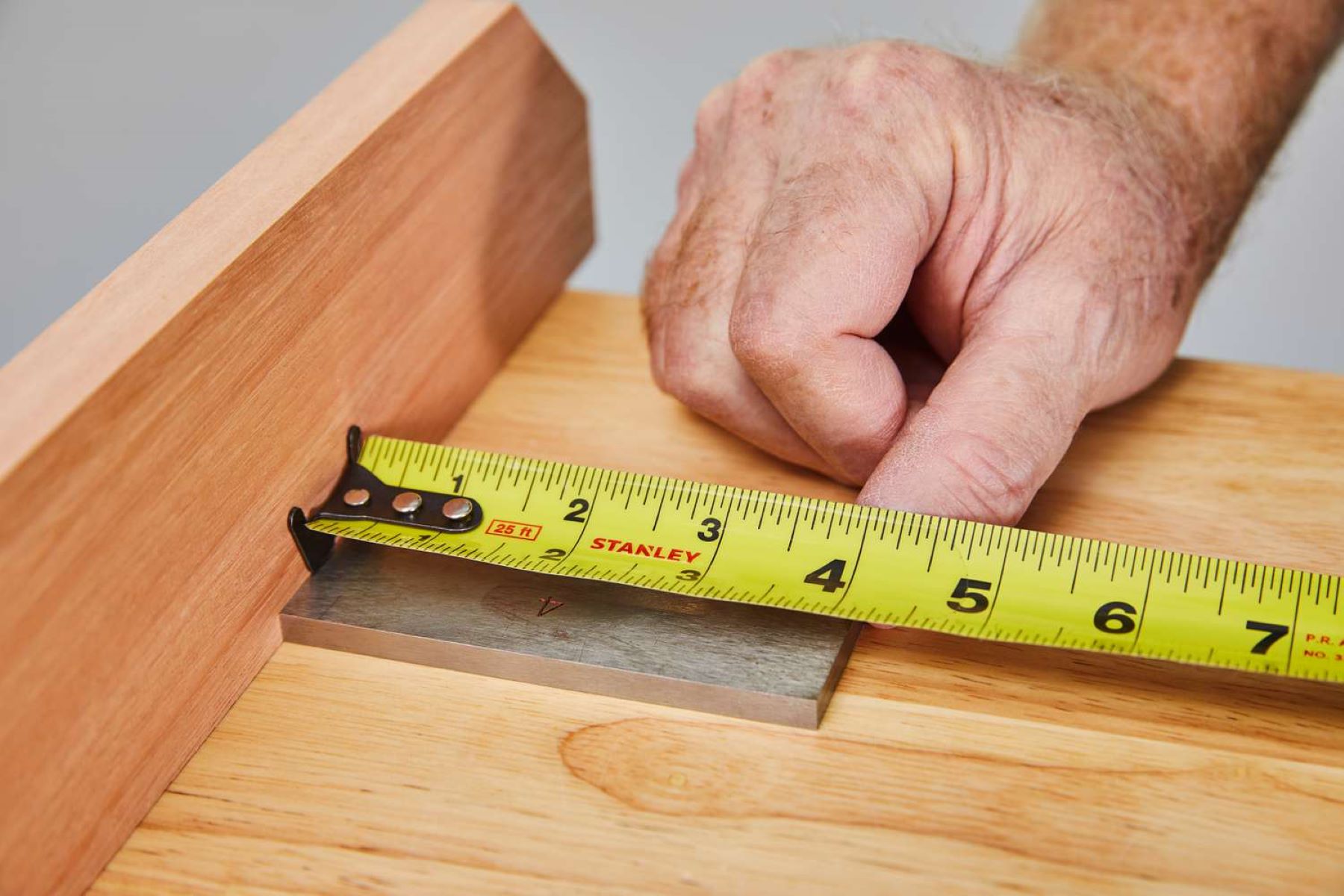
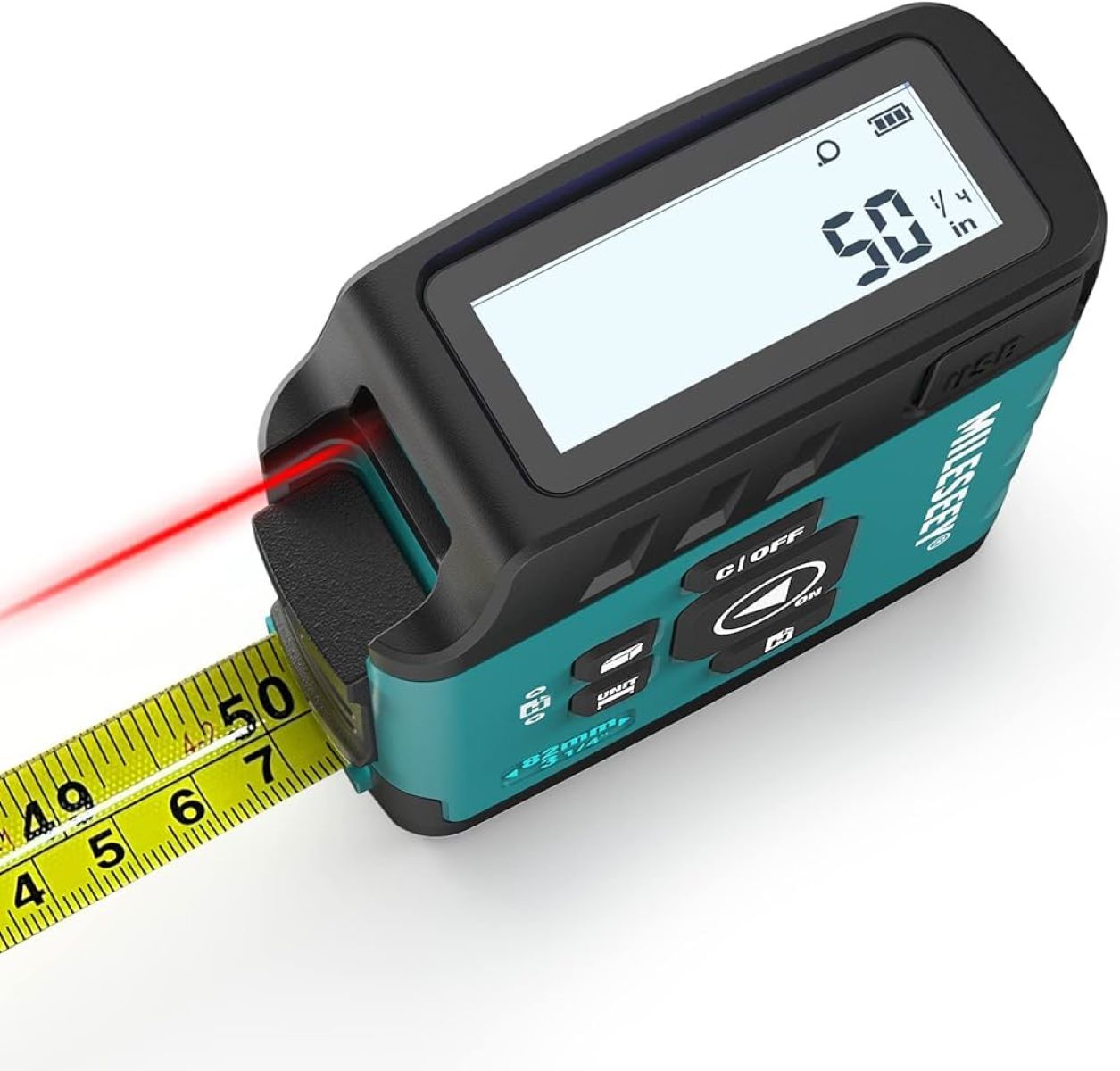

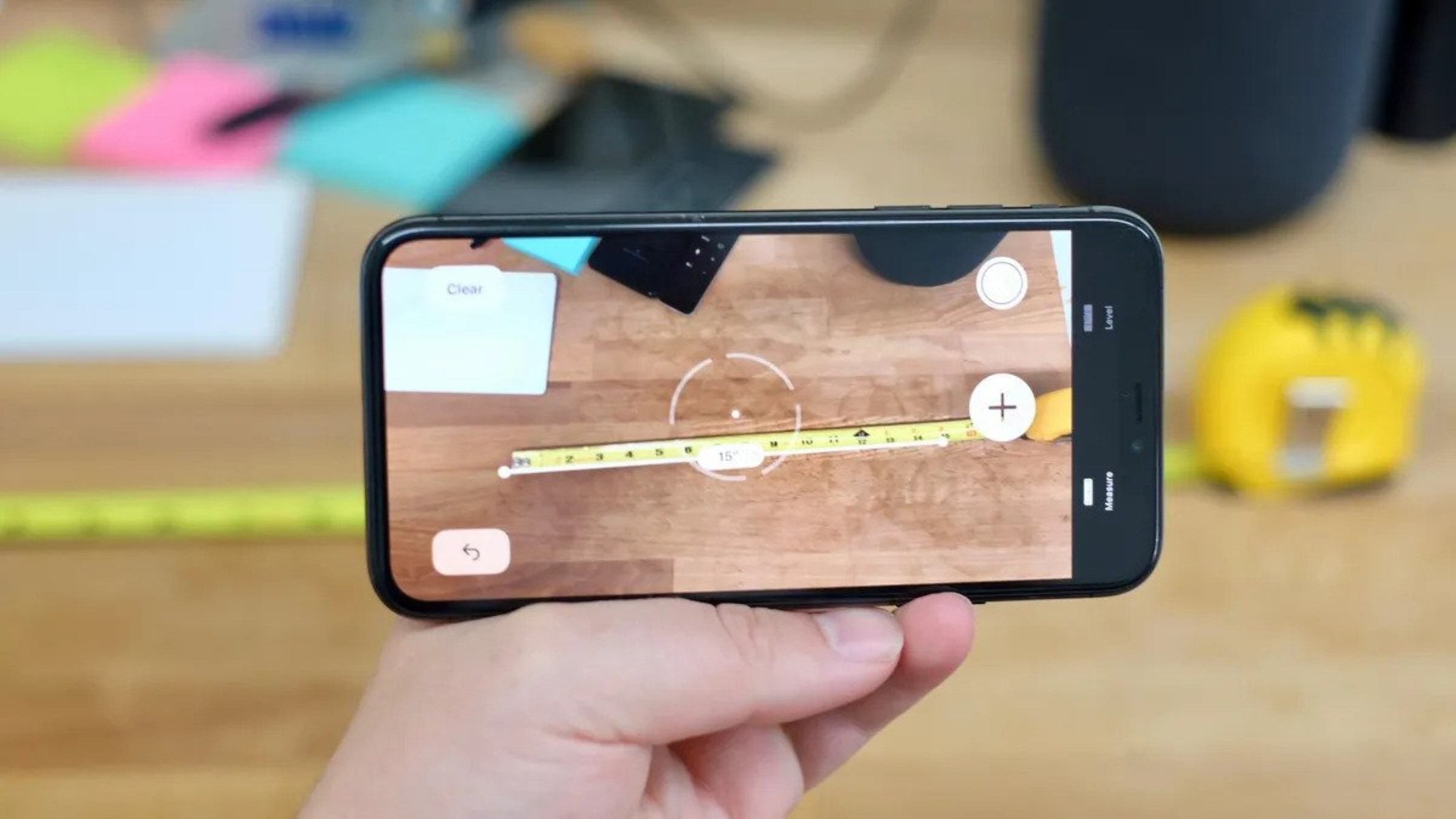
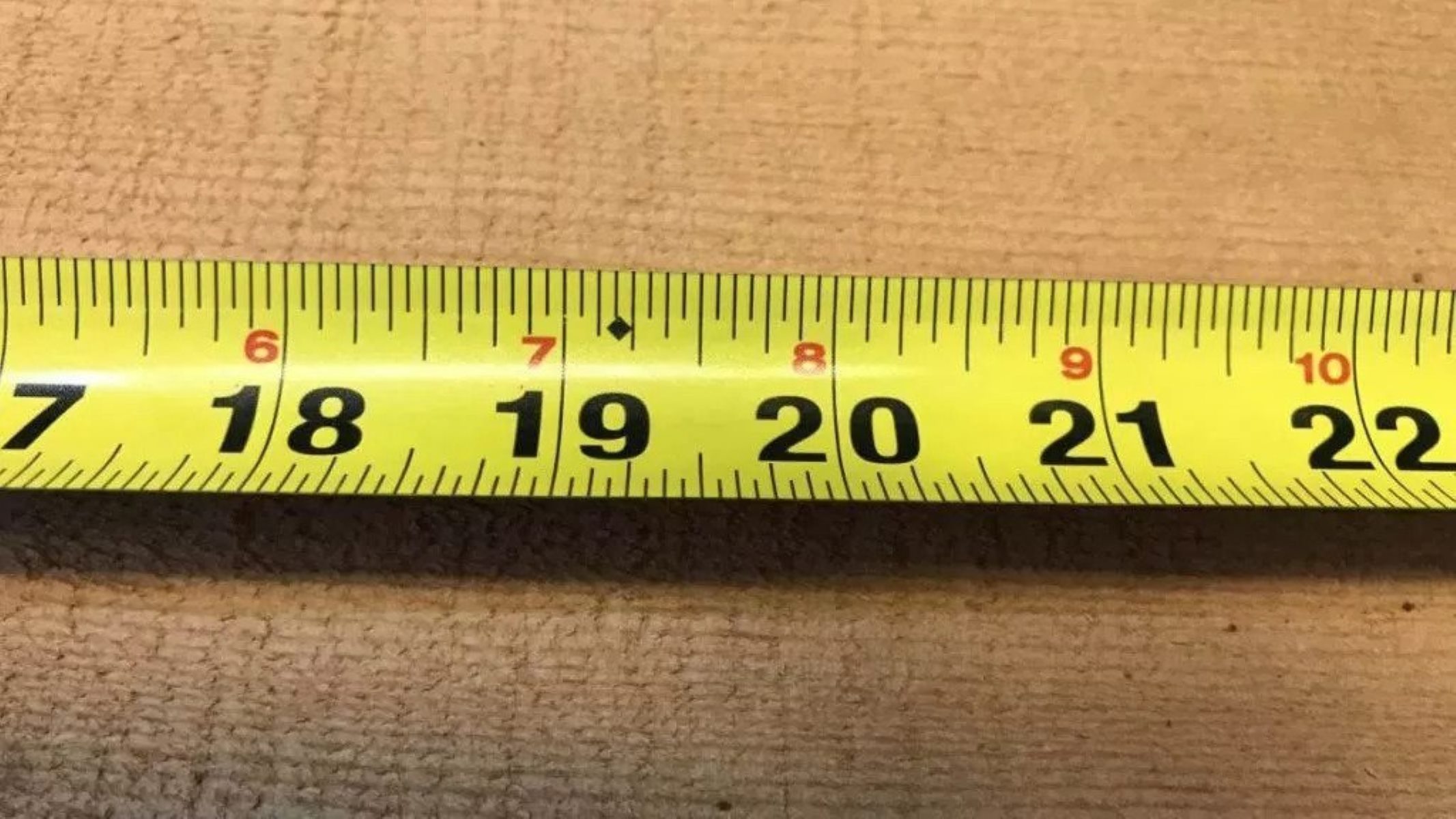
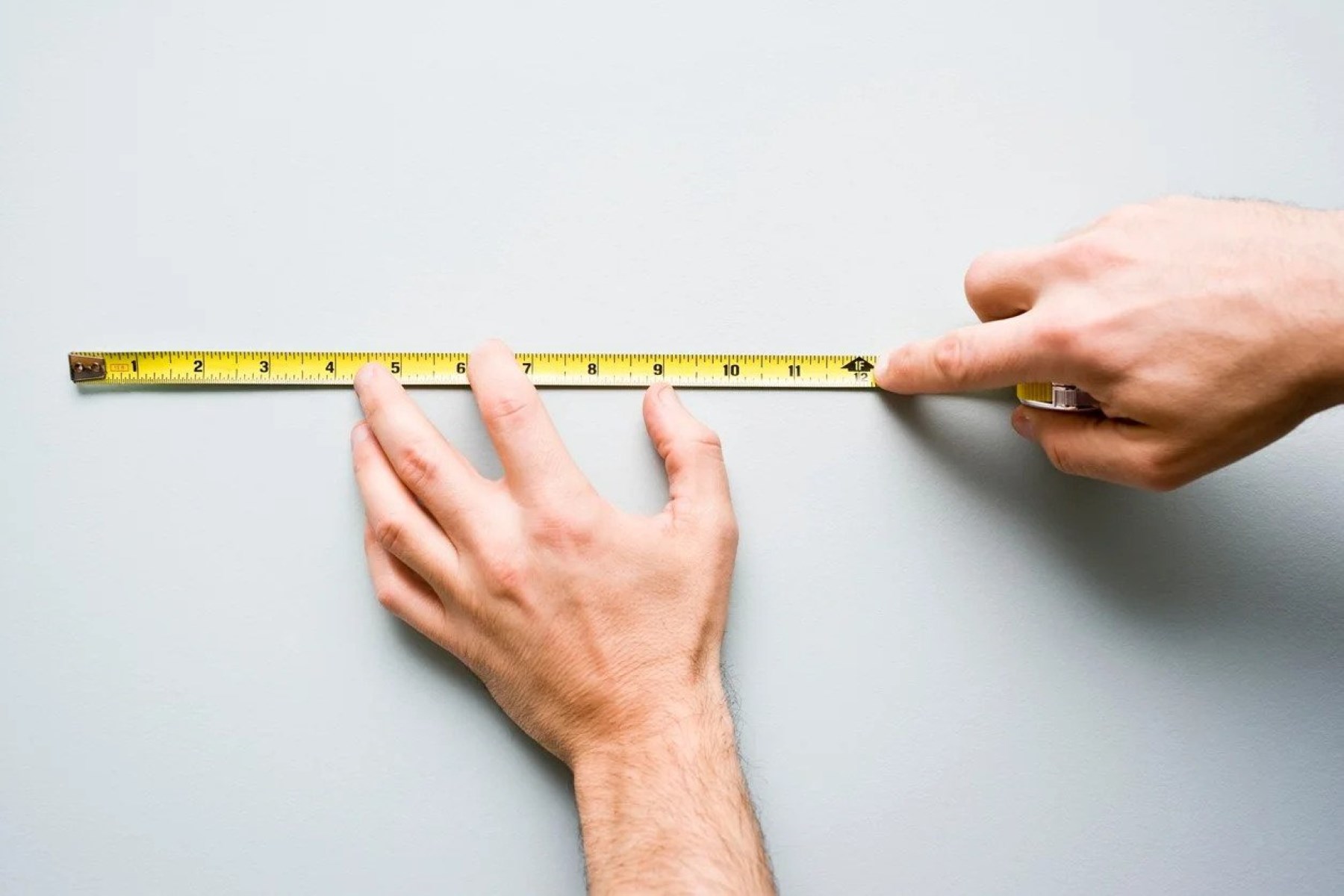

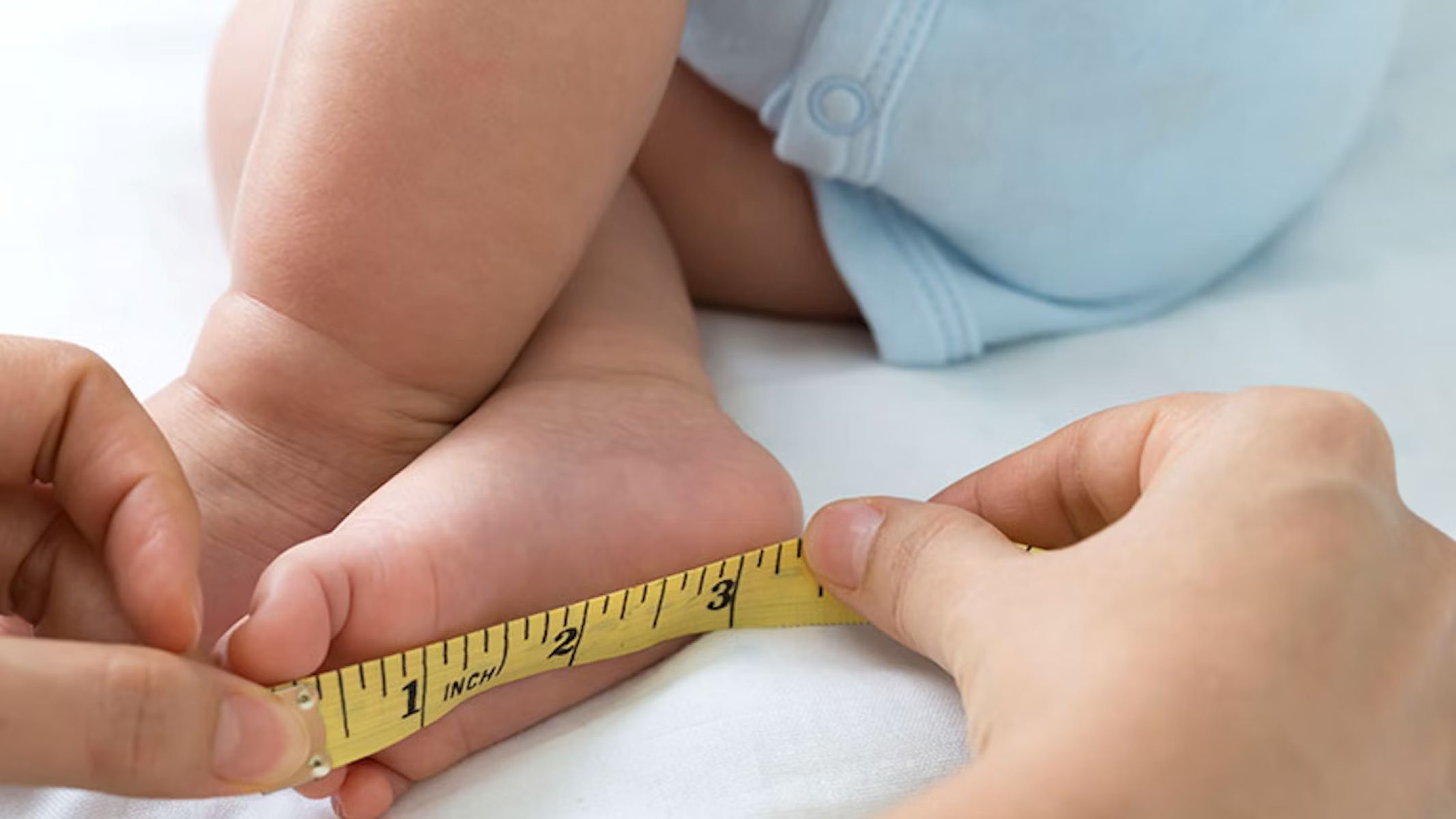


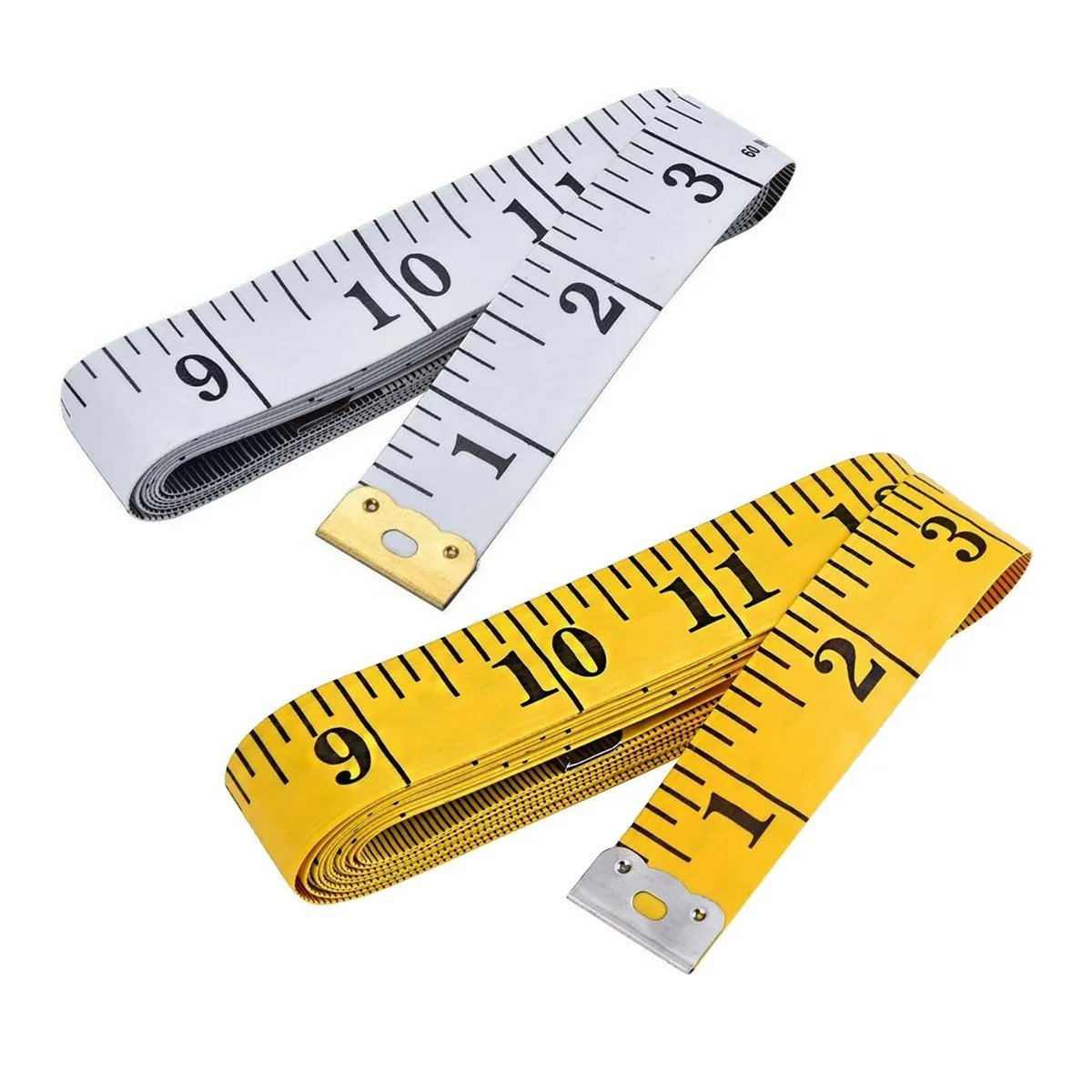

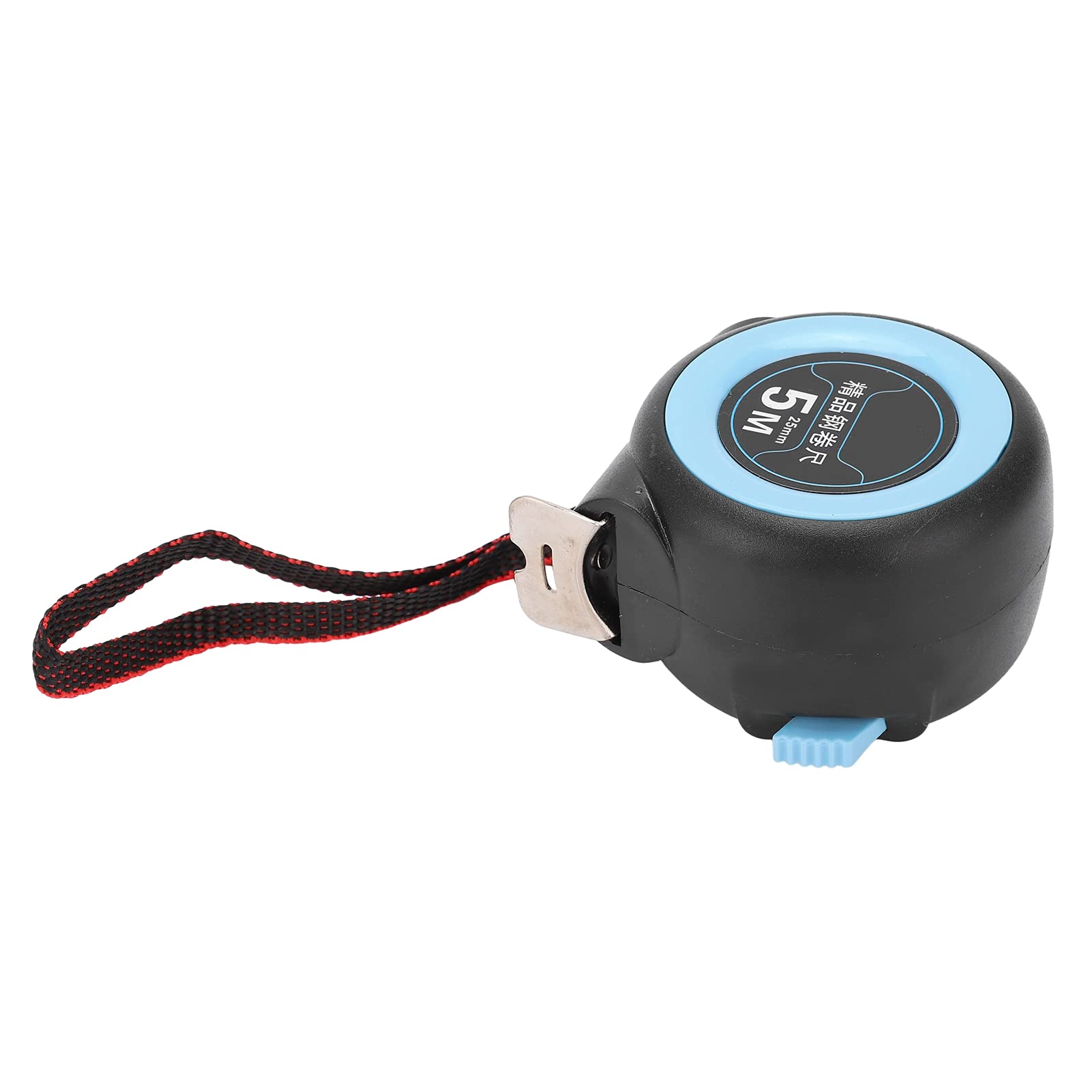
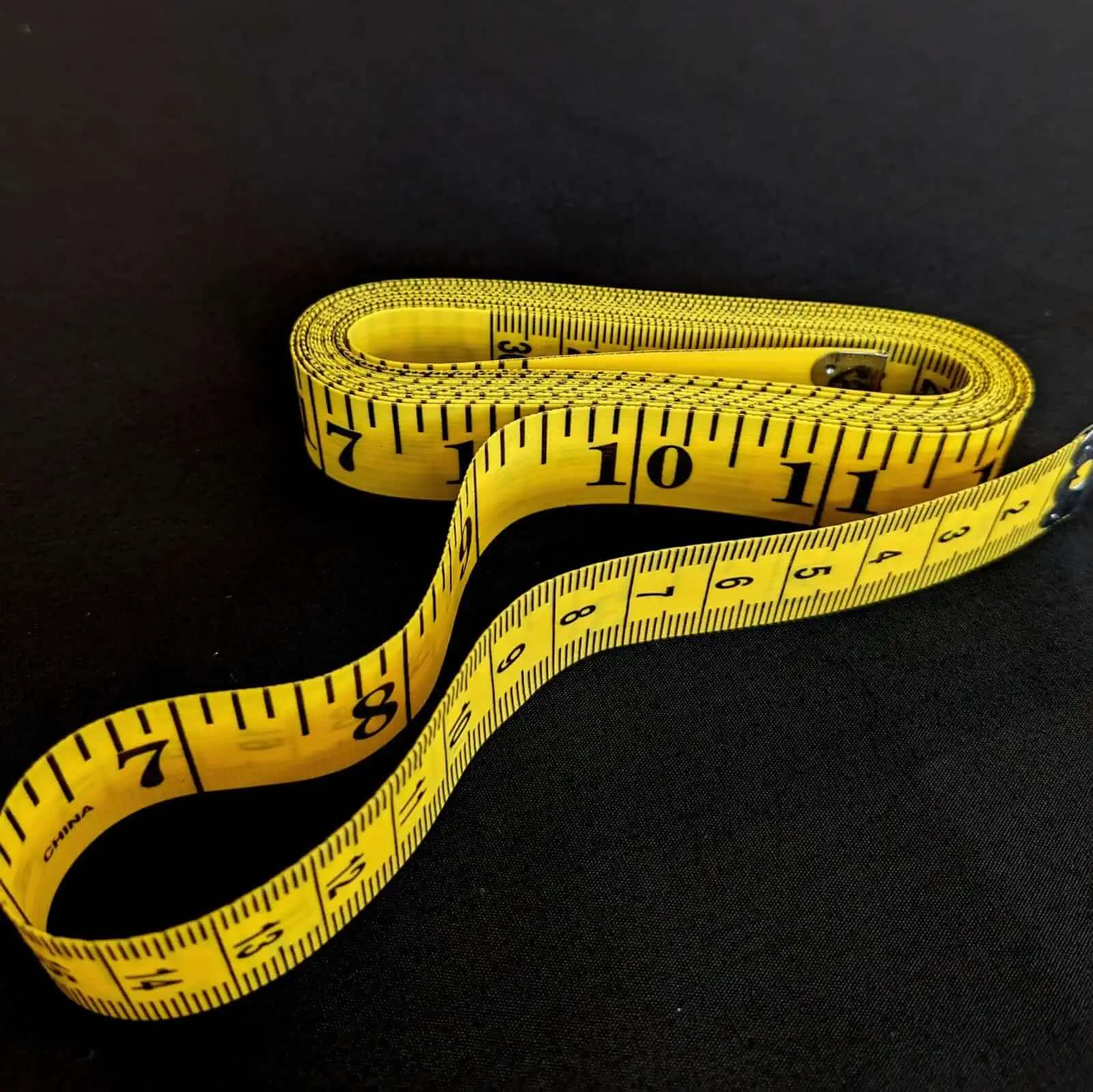
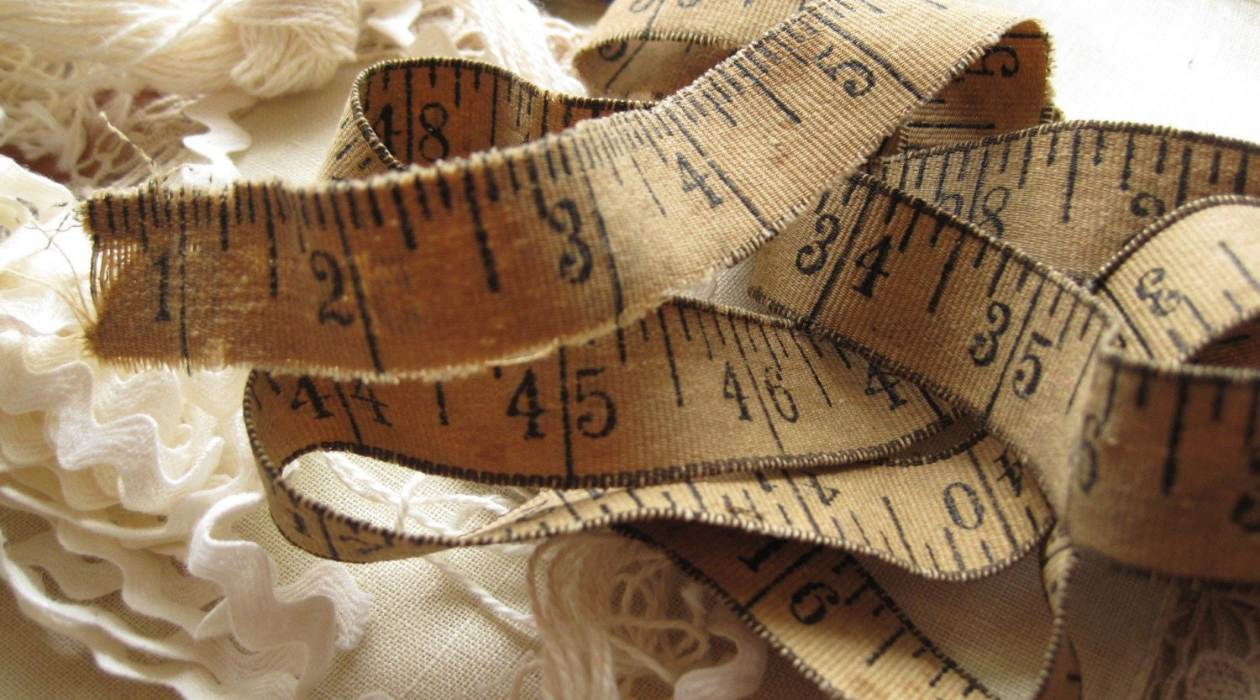

0 thoughts on “How To Determine Inches On A Measuring Tape”